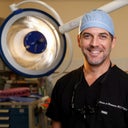The smallest you can go with a breast reduction depends on several factors, including your body frame, breast tissue composition, and the surgeon's recommendations. While there's no set "smallest" size, surgeons typically aim for a size that maintains a natural look for your body.







